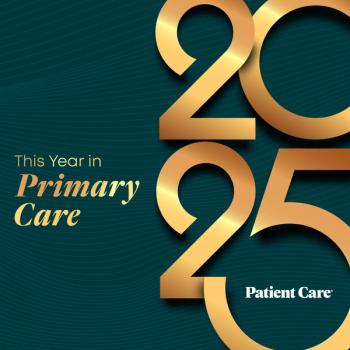
Less than 1 in 5 US Adults Meeting Heart Health Goals, According to AHA Scientific Statement
Available therapies combined with new approaches that address social determinants of health and other barriers to care can help, suggests new statement.
Less than 20% of US adults with type 2 diabetes (T2D) meet targets to reduce their risk for
The scientific statement, published in
Targets to reduce CVD risk among people with T2D include managing A1c, blood pressure (BP), and cholesterol levels; increasing amount of exercise; healthy nutrition; obesity and weight management; not smoking or drinking alcohol; and psychosocial care.
“This new scientific statement is an urgent call to action to follow the latest evidence-based approaches and to develop new best practices to advance
The statement is an update to 2015 guidance, which was published when there was still limited evidence to suggest glucose-lowering medications may also reduce the risk for cardiovascular events.
“At present, several large randomized controlled trials with newer antihyperglycemic agents have been completed, demonstrating cardiovascular safety and reduction in cardiovascular outcomes, including cardiovascular death, myocardial infarction, stroke, and heart failure,” wrote authors in the statement abstract.
In addition, the statement noted that
“If we are to continue to advance the management of cardiovascular risk factors, we must also address the SDoH in the delivery of health care,” wrote authors. “Concurrent interventions to (1) directly address the SDoH condition (ie, approaches to improve food insecurity have shown reductions in A1c) and (2) address the root causes of SDoH through policy changes are critical.”
Shared decision-making between patients with T2D and clinicians as well as tailored therapy can help manage the risk, noted the statement writing group. Tailored therapy should focus on patient preference, net clinical benefit, potential cost concerns, and medication adherence.
“Further research exploring the role of combined lifestyle, pharmacological, and SDoH intervention approaches remain an area of further investigation,” concluded authors. “Cardio-vascular risk management from global risk assessment through individual- and population-level interventions to increase the control of cardiovascular risk factors in T2D are critical to the AHA mission to be a relentless force of longer and healthier lives.”
Newsletter
Enhance your clinical practice with the Patient Care newsletter, offering the latest evidence-based guidelines, diagnostic insights, and treatment strategies for primary care physicians.































































































































































































































































































































